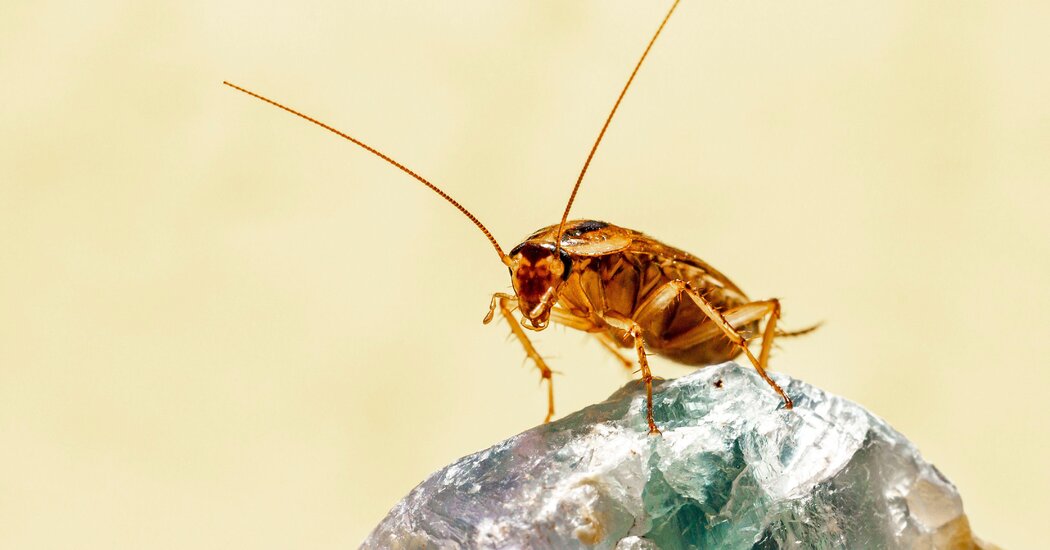A genetic analysis of the German cockroach explained its rise in southern Asia millenniums ago, and how it eventually turned up in your kitchen.
They come out of hiding at night and scuttle across the house in search of starchy crumbs on the floor, a sticky sugary stain on the counter and sometimes even a nibble of toothpaste or soap.
Cockroaches.
Yet out of the 4,500 species of cockroaches, the German cockroach is probably the primary source of your frustration. It has overpowered other cockroach species and is considered the world’s most prevalent indoor pest. How exactly this wild insect became our personal problem — so well-adapted to living in places with humans it’s barely found in nature — has eluded scientists for some time.
A new study describes the scavenger’s origin story, and reveals the genetic variations that make the insect “different from other cockroaches,” said Qian Tang, an evolutionary biologist now at Harvard University and an author of the study, published Monday in the Proceedings of the National Academy of Sciences. “And then that helps us find a solution to control them.”
The German cockroach was given its name in the late 1700s in Central Europe. Scientists later concluded that the species, Blattella germanica, originated in northeastern Africa.
But there is another species, the Asian cockroach, or Blattella asahinai, that scientists saw as a good candidate for B. germanica’s ancestor. It looks almost identical to the German cockroach, although it has distinctive traits, like an attraction to light, an ability to live outdoors and the power of flight. As technology advanced, genetic analyses made the case that B. germanica shared more with B. asahinai than just looks.
Dr. Tang was itching to get to the bottom of B. germanica’s genealogical tree, so his team sourced DNA from 281 German cockroaches from 17 countries to study their genetic differences. Then they traced the pest’s journey across the planet, from where it first evolved until it crawled into your kitchen.
